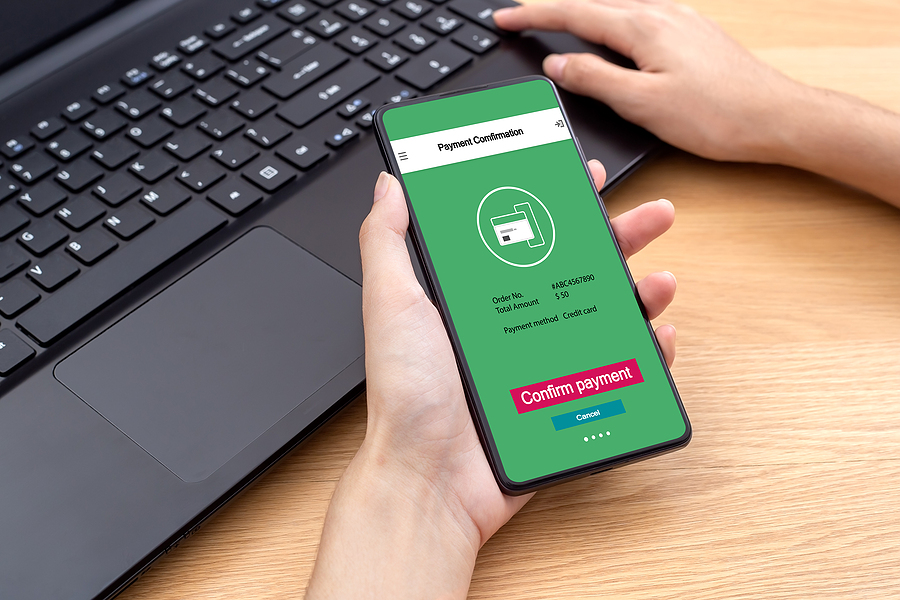Did you know that 53% of mobile users would leave your website if it takes more than 3 seconds for it to load? This Google research should be enough of a reason for you to check your website performance and optimize your website speed, as you don’t get a second chance for leaving a good first impression to your users. Users won’t even get to that quality content you have on your site if they are stuck with slow loading speed at the very start. So, if you want to be one step ahead of your competitors, your website speed optimization should be your priority.
If you reduce the page loading time, you will increase user return rate, conversions, engagement and, ultimately, sales. Putting effort into website speed optimization would be the best ROI for your business. So, here are some techniques which will help you reduce your page loading time, increase your conversions, and enhance the usability and visibility of your website.
Evaluate Your Website Speed with These Free Online Tools
In order to optimize your website speed, you should first test it, as that will give you a point of reference for later on. There are a number of free evaluation tools you can use to speed test:
- Performance Budget Calculator provides you with suggestions for the type of content which will help you optimize your website.
- YSlow is a tool that provides statistics about your page, summarizes page components and also offers suggestions for improving your website.
- Pingdom tracks how your website has performed so far, provides suggestions to speed up your website loading time and tests your website speed on both Android and IOS.
- Google Pagespeed Insights will help you get insights into your website performance and help you optimize your website speed on all devices.
Learn more about the upcoming Google Page Experience Update, to stay ahead of the competition.
5 Ways to Optimize Your Website Speed
After you do a speed test and you have a benchmark that allows you to measure any future improvements, it’s time to start optimizing. Even though there are many ways to enhance the speed of your site, here are the 5 most simple and effective techniques you can do on your own.
-
Minimize HTTP Requests
Since about 80% of your user response is done on the front-end, it means that downloading images, scripts, stylesheets, etc. is the user’s most regular practice. So, by reducing the components you will reduce the HTTP requests in order to render the page. This can be easily done by making the design of your page more simple. If you choose combined files into one script, for instance, bring in all CSS into one stylesheet, the number of HTTP requests will be reduced.
Even though this may seem a bit challenging when your scripts are different for every page, it’s a very effective option in order to improve the response time.
Use a Content Delivery Network
A Content Delivery Network is, in fact, responsible for where users will retrieve the website data from according to their location.
The main issue is that users all over the world request information on your website, so the farther away the users are from the server the more time it takes to load. If you use a content delivery network, the requests of your users will be directed to the closest server. It’s a way to send content to your users faster, so your website loading time takes less as well. This is why services such as LaunchCDN are thriving, as website owners are realizing how important it is to have your website on a CDN.
Minimize JavaScript and CSS
A lot of JavaScript and CSS files on your website will mean more HTTP requests in getting to certain files. This slows down the website speed and can be changed if you reduce the number of JavaScript and CSS files. Grouping all the Javascript files into one and the CSS into another will reduce the number of HTTP requests and therefore optimize your website speed as well.
Avoid Redirects
Having internal redirects on your website will impact your loading speeds, it’s also terrible for SEO because it confuses Google. Therefore, it is advisable to minimize redirects or if you can, eliminate their usage. Do a site scan in order to pin down all the redirects and then exclude all the ones which can be left out.
Optimize your Image Sizes
We all know that images are an important part of every website. But sometimes your users won’t even get to see the images which are slowing down your website speed and turning away your audience. If you want your website to be well optimized you should avoid using large files on your site or try to reduce their size. One such tool which will help you reduce your image size while keeping image quality is ImageOptim.
Conclusion
Nowadays, if your website speed is less than 3 seconds, you will have a better chance of your website ranking, more users, a better user return rate and you’ll provide an enhanced user experience.
To summarise, there are free online tools where you should check your website performance as well as many service providers (such as Web Design Mississauga). Once you do, use these 5 simple ways of increasing your website speed which are:
- Reducing the amount of internal and external files your website is calling will reduce the HTTP requests and improve website speed.
- Using a Content Delivery Network will spread your server globally and let people use the closest server to them.
- Minimizing the use of multiple JavaScript and CSS files, grouping them or moving them into an external file is an option to improve your site speed.
- 301 and 307 redirects should be reduced or removed completely.
- Shrinking your images size while also retaining their quality.
So, why don’t you start optimizing your website speed to increase your revenue today?
Image Source: BigStock.com (licensed)
Related Categories: Tech, Reviews, Work







